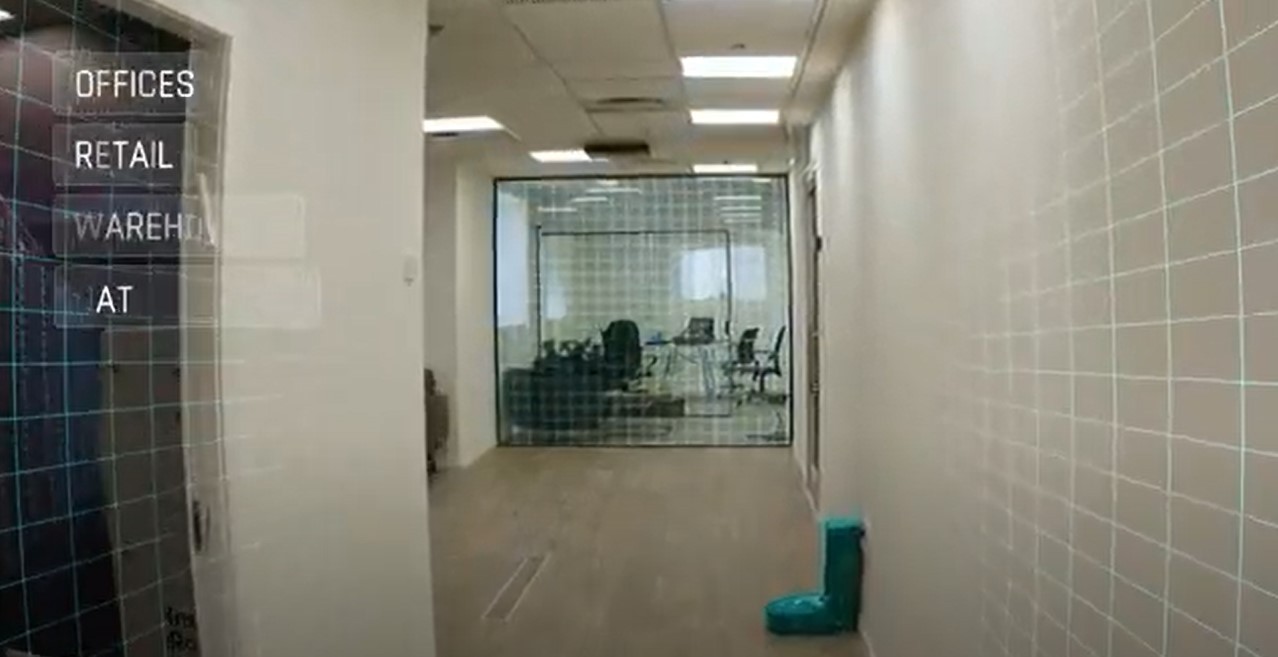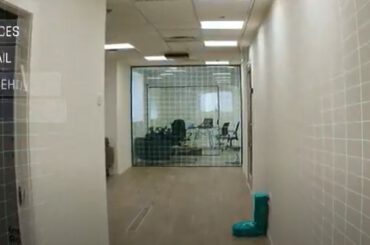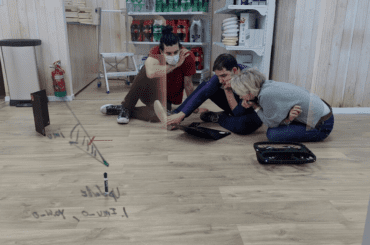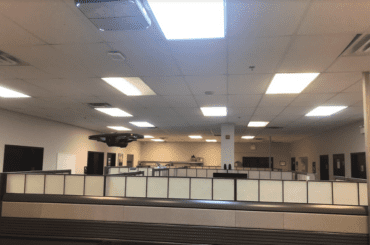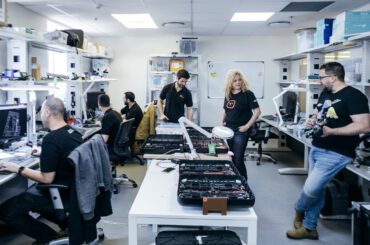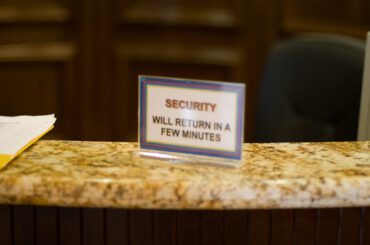Whether it’s one’s primary job or a necessary distraction from it, asset inspections certainly aren’t exciting or particularly interesting. The person tasked with walking around with a clipboard or tablet simply confirms that everything is, well, where it’s supposed to be, stable, safe, and undamaged. It’s not particularly stimulating work, and as a result, often not executed comprehensively and reliably.
The upshot? It’s considered an odious job for most people. It’s no wonder that when burdened with this chore, an employee in an office, data center, warehouse, or retail facility often doesn’t do an adequate job. For instance:
- They don’t always stick to a frequent enough schedule, so assets can go missing, suffer damage, or be misplaced for long periods of time before being noticed.
- They forget to or cannot inspect all areas, especially those that are remote or hard to reach.
- They take superficial notes, often leaving out specific details that they consider insignificant.
The time has come: Asset inspection robots
Asset protection and inspection is yet another item in a long list of mundane, repetitive tasks today managed by humans that clearly benefits from AI-driven robotics. Robotic inspectors don’t suffer from boredom, distraction, or lack of consistent methodology as they work. And then there’s the issue of availability. Robots are always ready to “work” as they don’t need to eat, take vacation, sleep, get sick, or even visit the restroom.
Further, a flying robotic drone offers an additional key benefit: it can move in 3D space, able to survey areas behind obstacles or too high to be accessible from the ground.
How do robotic drones help with asset protection & inspection?
Let’s walk through the various benefits of leveraging drones for inspection automation using four illustrative examples:
- A warehouse with three-story ceilings uses shelving reaching way beyond observability on the ground, with inventory stored on pallets reachable either by forklift (with or without a work stage platform extension) or rolling ladders that are cumbersome to move. For safety purposes (to prevent scenes like this), the shelving itself must be periodically inspected for damage and stability, all the way to its highest point. The benefit of the robotic drone: In just seconds, the drone can reach the very top of each shelf, confirm its structural integrity, and move on to the next. This same activity by a human inspector would take ten times the effort.
- A data center can contain a massive quantity of expensive, mission-critical servers, electrical cabinets, communication equipment, and other hardware that must be kept secure and temperature controlled. It is virtually impossible to differentiate between the various components or spot aberrant temperatures. These inspections are necessary for insurance and SLA commitments but are certainly monotonous – a wasted use of a skilled employee’s time. The benefit of the robotic drone: Using AI, the drone “remembers” what equipment is assigned to each location and thus can instantly identify a stolen or relocated item. In addition, sensors can detect spikes in heat not visible to the human eye.
- In a retail facility — both its customer-facing space and backroom halls and storage areas — tracking inventory movement (or theft) is an ongoing task. In addition, open windows can let in dust and rain, and plumbing leaks can damage goods being stored. The common weakness here is that when executing only periodic, superficial inspections, it’s often too late by the time a problem is discovered. The benefit of the robotic drone: By automating your asset inspection methodology, with frequent and thorough flights, you dramatically reduce the chances of a crisis escalating without warning.
- Keeping records manually is never straightforward. In any type of asset inspection, simply working through a checklist or only noting obvious problems leaves open the possibility that an unnoticed issue may simply be unlogged — with no record of how far back the problem goes. Also, logs are terrific for recording what is seen, but often leave out what is not. If you discover that a crate of widgets is missing from your warehouse, the inspector may not have even noticed during his routine check — because there was (obviously!) nothing to see. Comprehensively tracking all activity along a timeline is only possible with an end-to-end method of visual recording. The benefit of the robotic drone: An inspection robot can save terabytes of information. Its camera captures everything it sees, in every area, each time or moves through an inspection. Even the smallest issue (“When did the forklift leave that dent? Who was on duty that day?”) can be tracked with a “time travel” back to the relevant footage.
As should be clear by now, cutting-edge asset inspection solutions essentially eliminate all the weaknesses of a human inspector or security guard. Replacing these employees with a more accurate and more cost-effective solution allows these employees to be deployed for more critical tasks.
And while these benefits apply to any automated robotic inspection approach, an airborne drone platform like the Tando™ dramatically improves results by removing the barrier of visual limitations of inspecting at eye level. Features like self-charging while hanging from ceiling-mounted TilesTM completes the picture, for a fully-automatic, set-and-forget platform.
